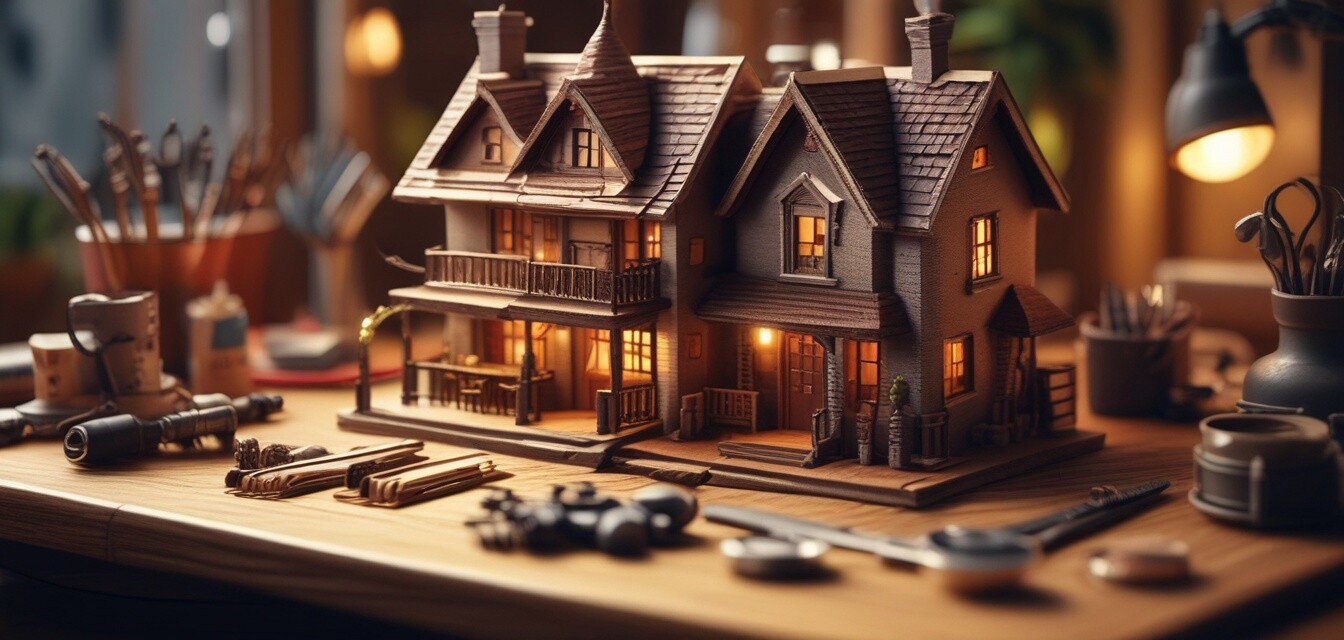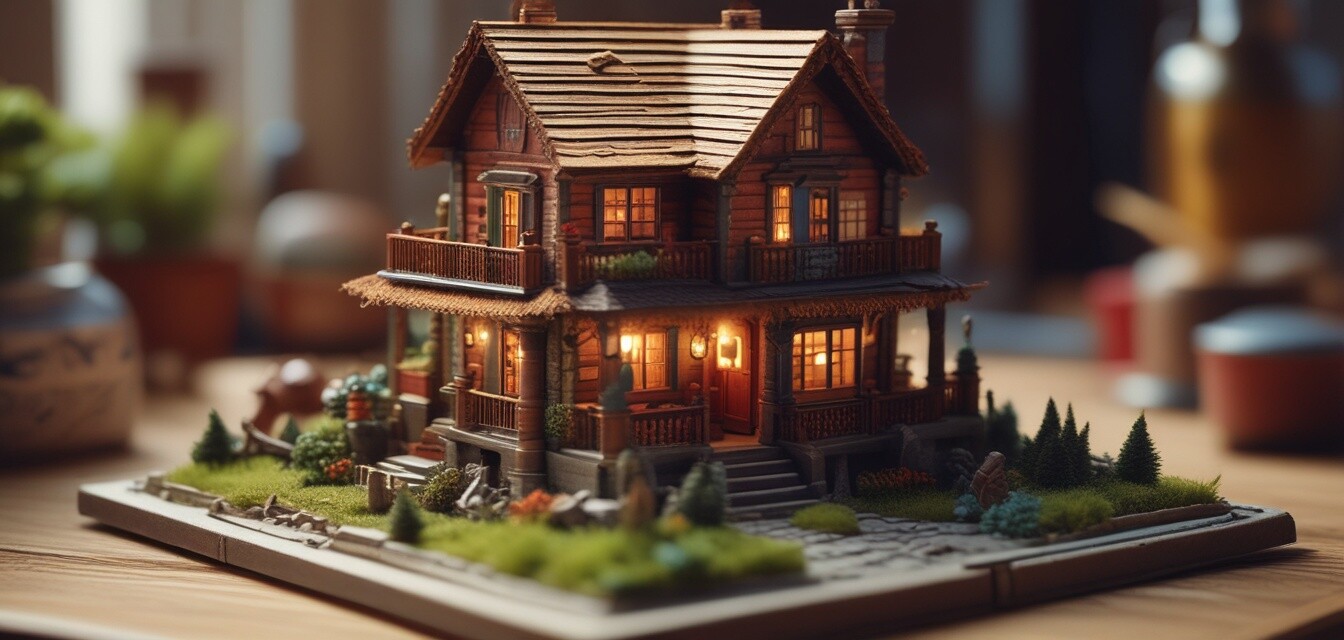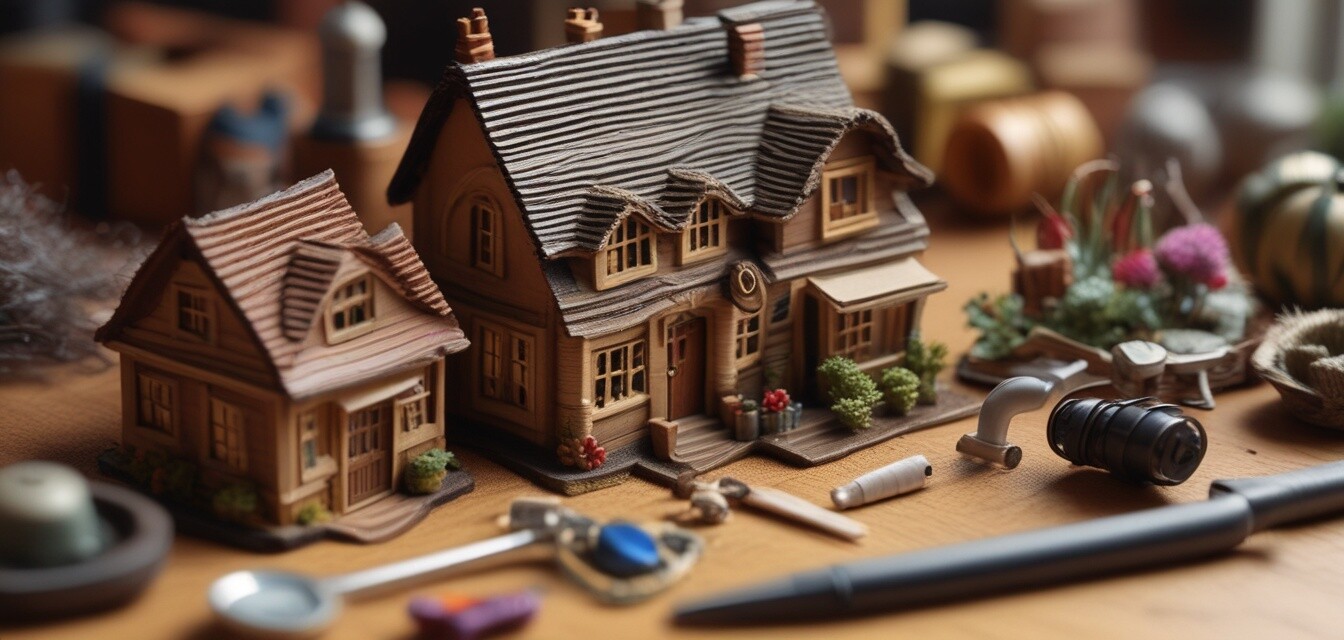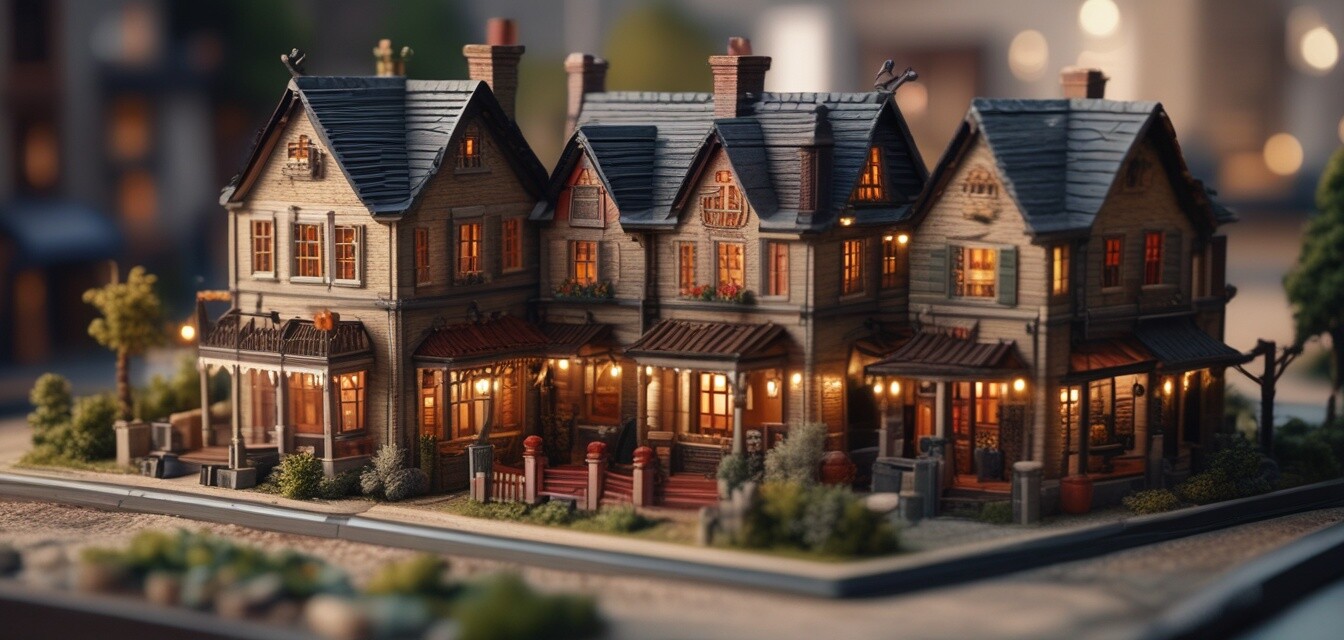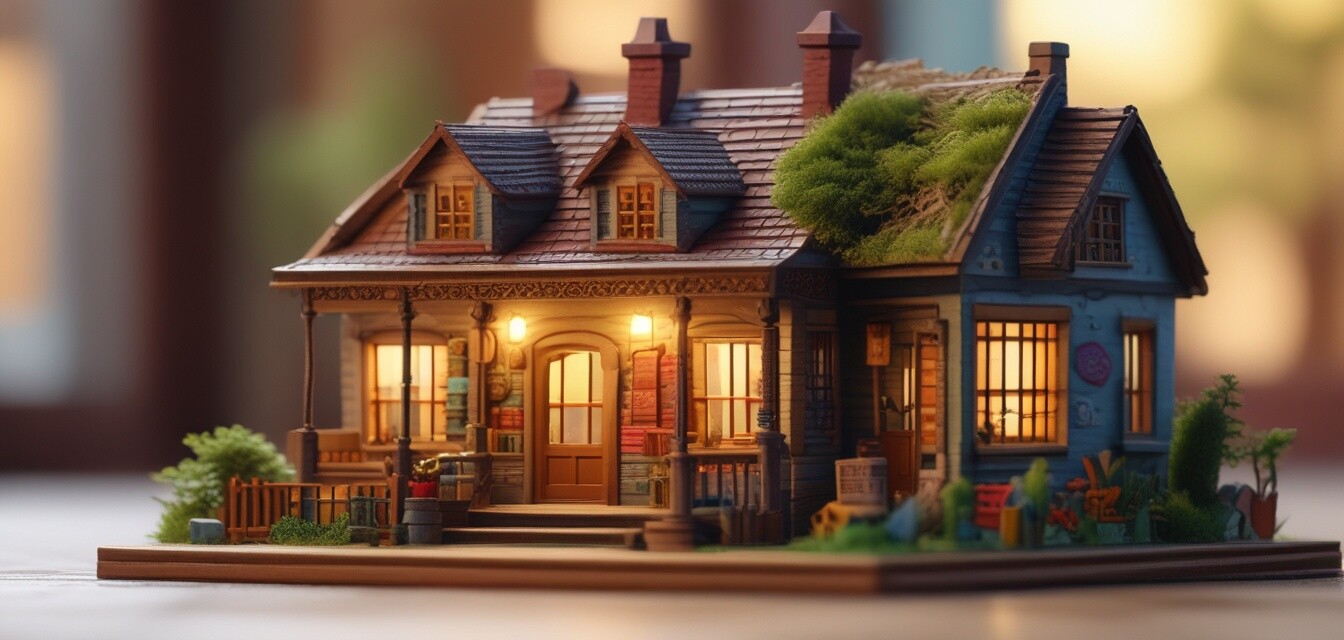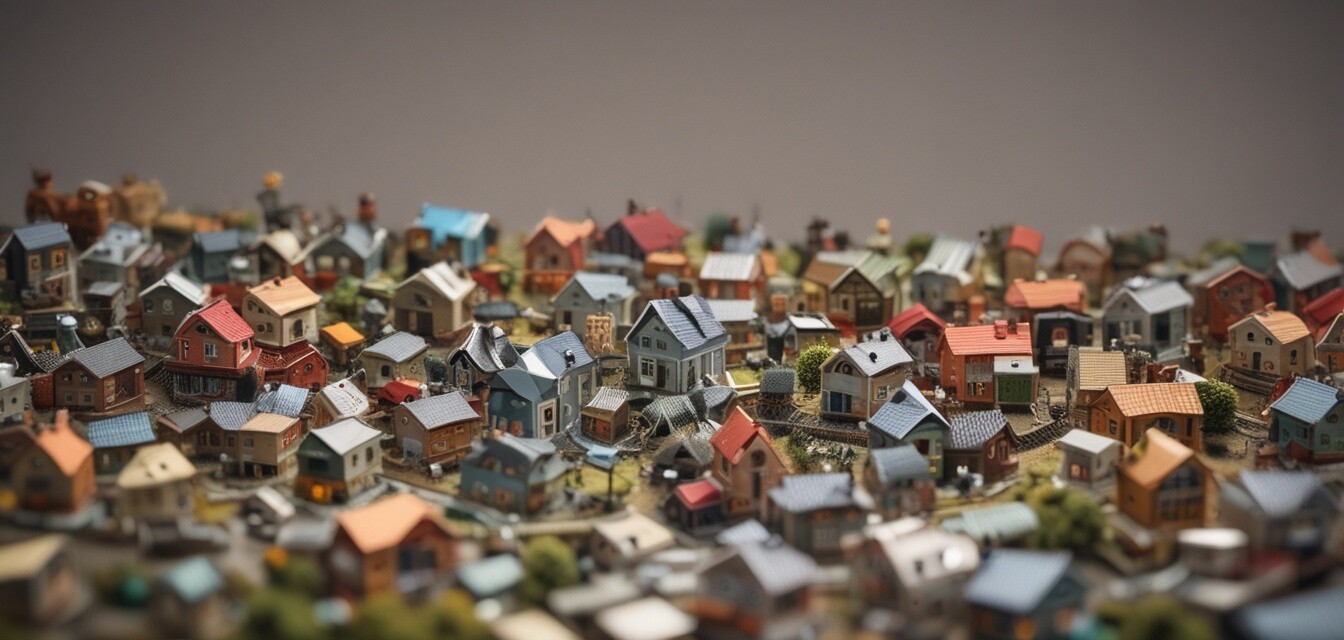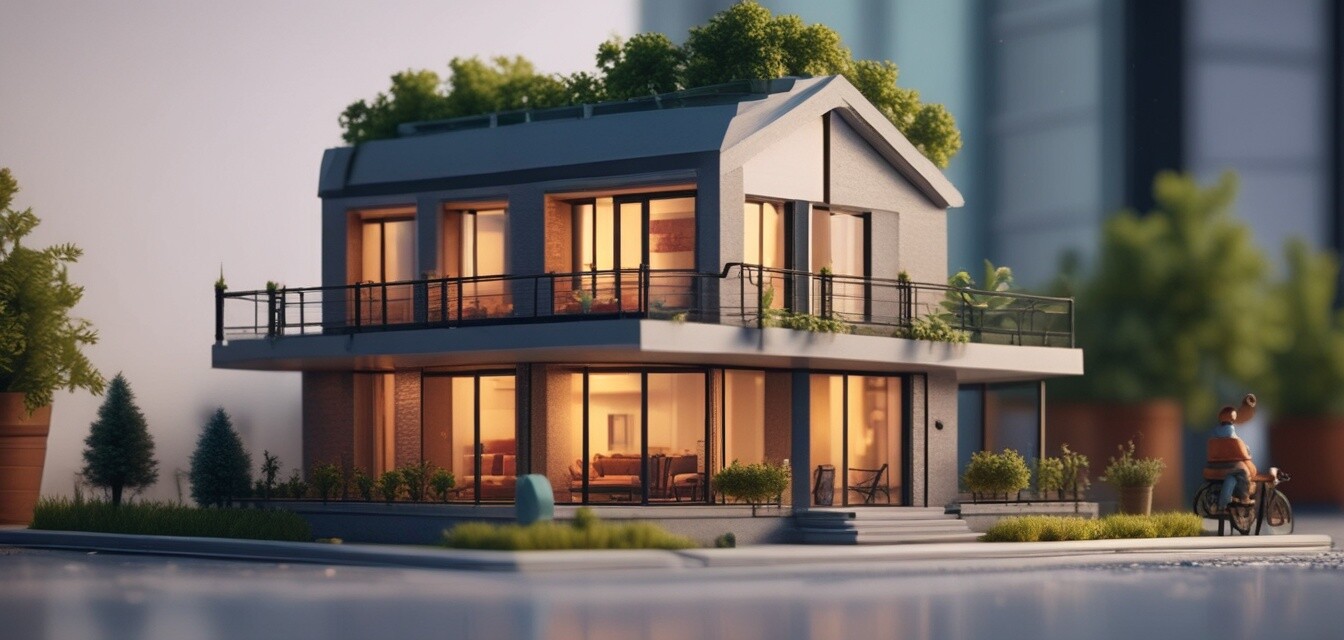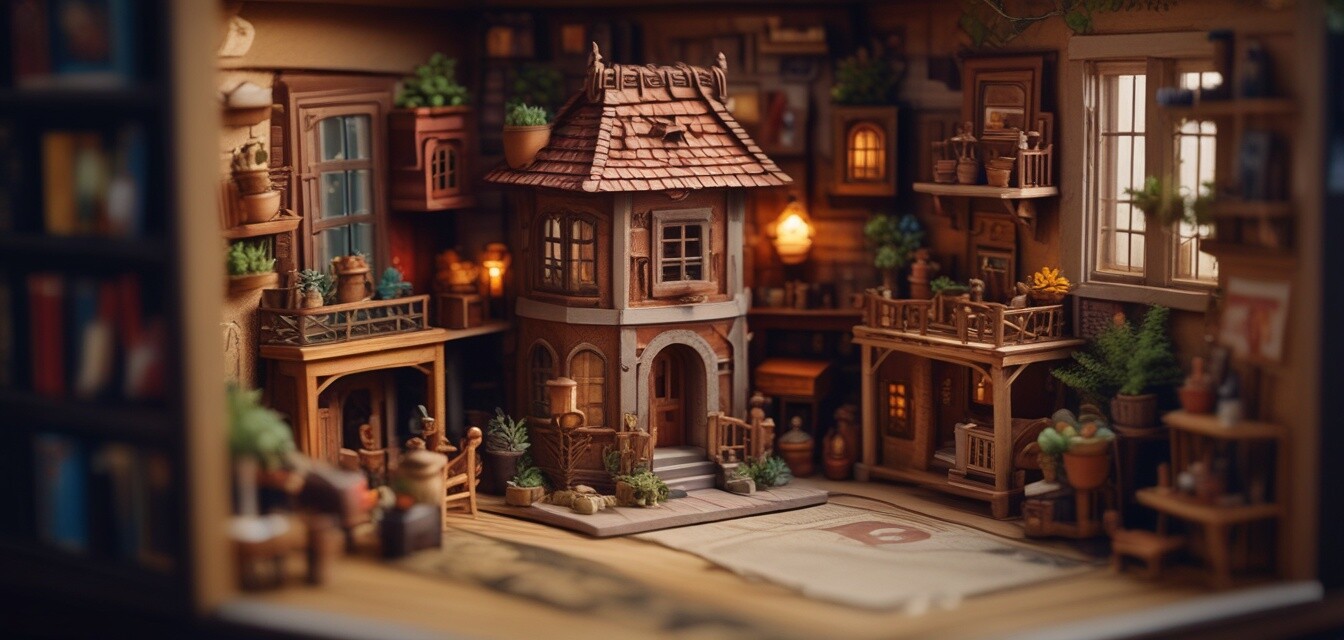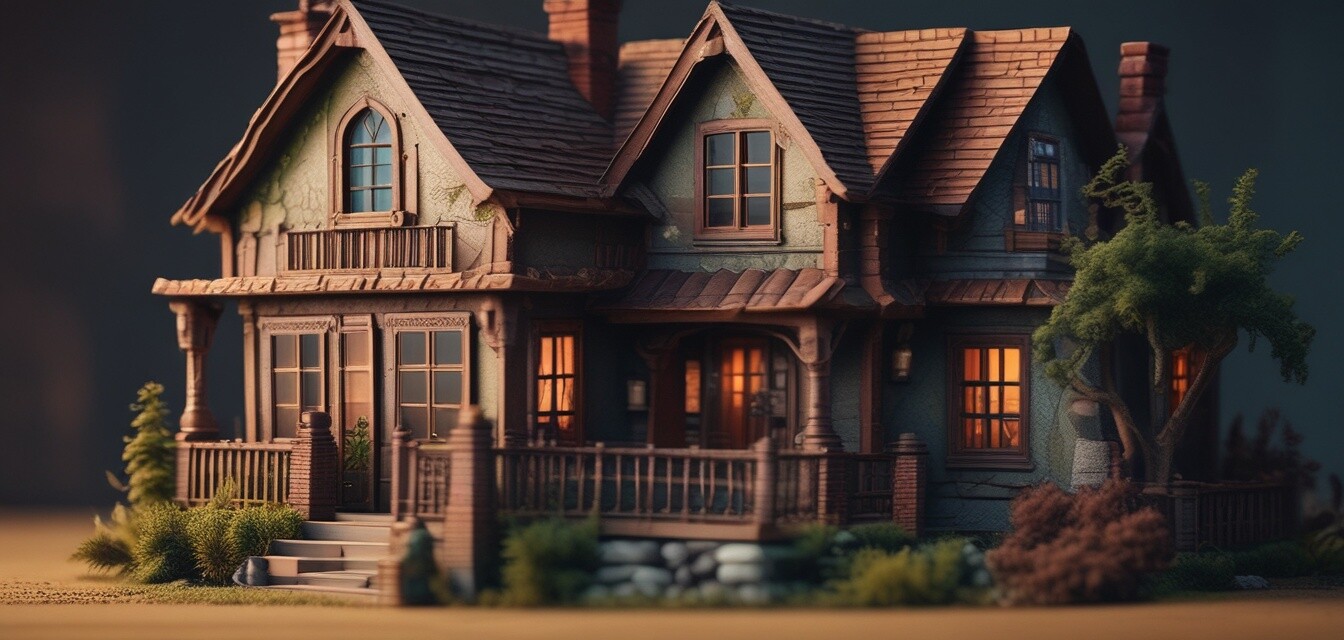
Advanced Techniques for Miniature House Assembly
- Understanding advanced techniques can enhance the quality of your miniature houses.
- Tools and materials play a crucial role in achieving detailed finishes.
- Patience and precision are key to successful assembly.
- Experimenting with techniques can lead to unique and personalized creations.
Creating miniature houses can be a rewarding hobby, especially for those who enjoy crafting and design. While many beginners start with straightforward kits, advanced hobbyists can take their skills to the next level by employing more sophisticated techniques. In this article, we will explore various advanced techniques, tools, and tips to help you create stunning miniature houses.
Essential Tools for Advanced Assembly
Before diving into assembly techniques, it's important to have the right tools at your disposal. Below is a list of essential tools that can make a significant difference in your miniature house assembly:
| Tool | Purpose |
|---|---|
| Precision Knife | For detailed cutting and trimming of materials. |
| Fine-Tip Brush | For painting small areas and adding details. |
| Tweezers | For handling small pieces delicately. |
| Clamps | To hold pieces together while glue dries. |
| Cutting Mat | Protects surfaces and provides a safe cutting area. |
Advanced Techniques for Miniature Assembly
1. Layering Textures
One of the keys to creating realistic miniature houses is layering textures. By using different materials, you can achieve a more dynamic look. Here are some techniques:
- Wood Textures: Use thin slices of balsa wood or textured paper to create wooden surfaces.
- Stone Effects: Apply a layer of spackling paste to simulate stone walls, sand it down for a smooth finish.
- Fabric Details: Incorporate fabric for curtains or upholstery to add a soft touch.
2. Paint Techniques
Painting is an art in itself. Here are some advanced paint techniques:
- Dry Brushing: Lightly brush a lighter color over a darker base to highlight details.
- Washing: Dilute paint with water and apply it to crevices to enhance depth.
- Airbrushing: For an even finish, use an airbrush to apply paint smoothly.
3. Lighting Effects
Incorporating lighting can bring your miniature house to life. Consider these options:
- LED Lights: Small, battery-operated LED lights can be used to illuminate interiors.
- Fiber Optics: For a more advanced option, fiber optics can simulate stars or streetlights.
- Backlit Windows: Use translucent materials to create glowing windows when lights are on.
Common Challenges and Solutions
As you advance in your miniature house assembly, you may encounter challenges. Here are some common issues and their solutions:
| Challenge | Solution |
|---|---|
| Pieces not fitting together | Check for excess glue and ensure precision cutting. |
| Paint not adhering | Ensure surfaces are clean and consider priming before painting. |
| Details getting lost | Use contrasting colors to highlight features and textures. |
Tips for Success
Beginner Section Tips
- Start with simple projects to build confidence.
- Practice painting techniques on scrap materials before applying them to your project.
- Take your time; rushing can lead to mistakes.
- Join online communities for tips and inspiration.
- Experiment with different materials to see what works for you.
Where to Find Miniature House Kits
As you explore advanced techniques, having access to quality kits can greatly enhance your experience. Check out our product categories for:
- Beginner-Friendly Kits
- Compact DIY Kits
- Fantasy Mini House Kits
- Intricate Miniature Kits
- Luxury Miniature Kits
- Themed Miniature Sets
Conclusion
Advanced techniques in miniature house assembly can elevate your projects, making them stand out with intricate details and unique finishes. By investing in the right tools and materials, practicing your skills, and experimenting with various methods, you’ll create stunning miniature homes that reflect your creativity and dedication. Happy crafting!
Pros
- Enhances creativity and design skills.
- Provides a rewarding crafting experience.
- Allows for personalization of projects.
- Can be a relaxing and enjoyable hobby.
Cons
- Can be time-consuming.
- Requires patience and precision.
- Initial costs for tools and materials may be high.
- Advanced techniques may require additional skills.

